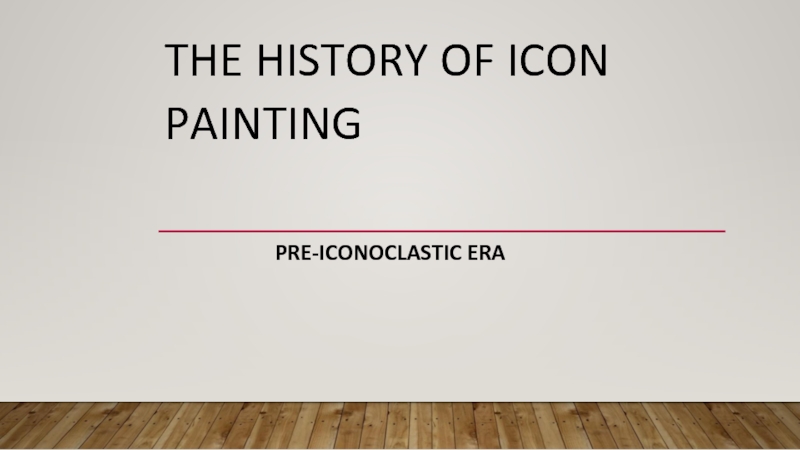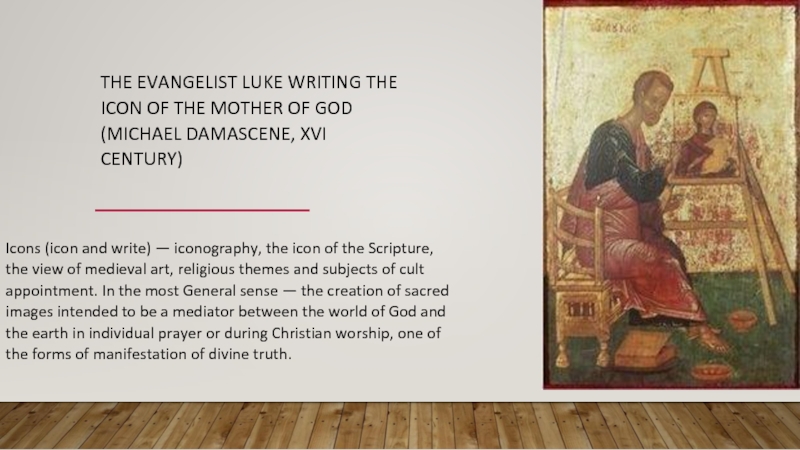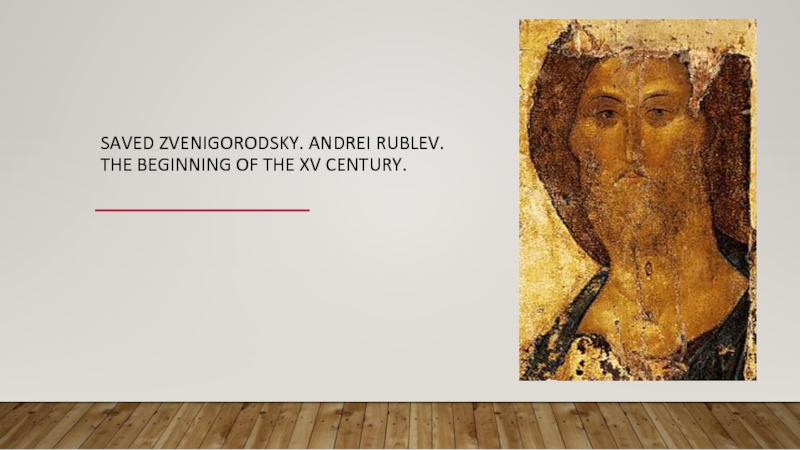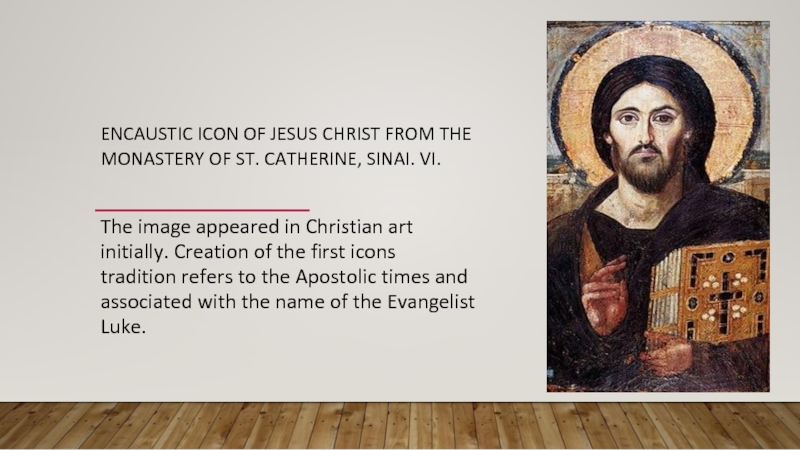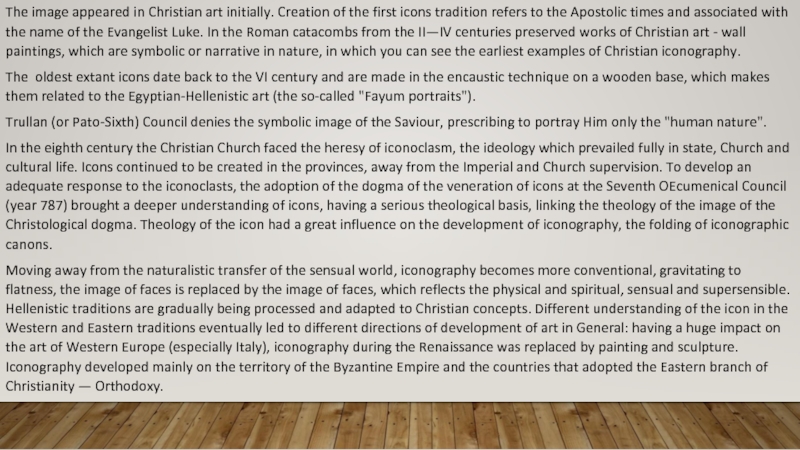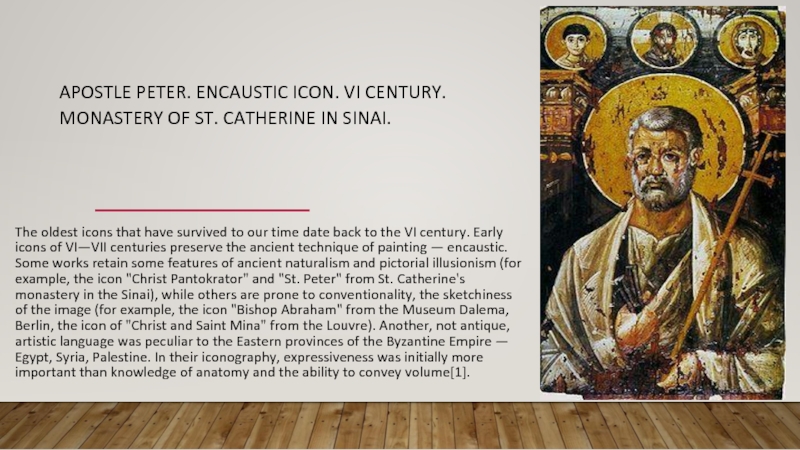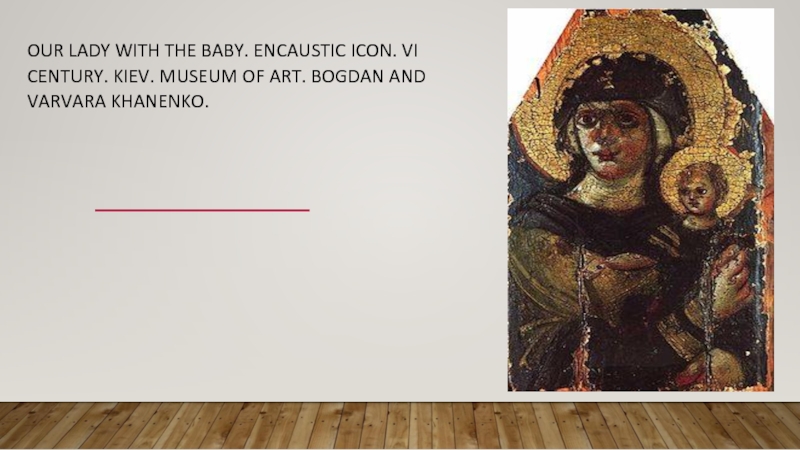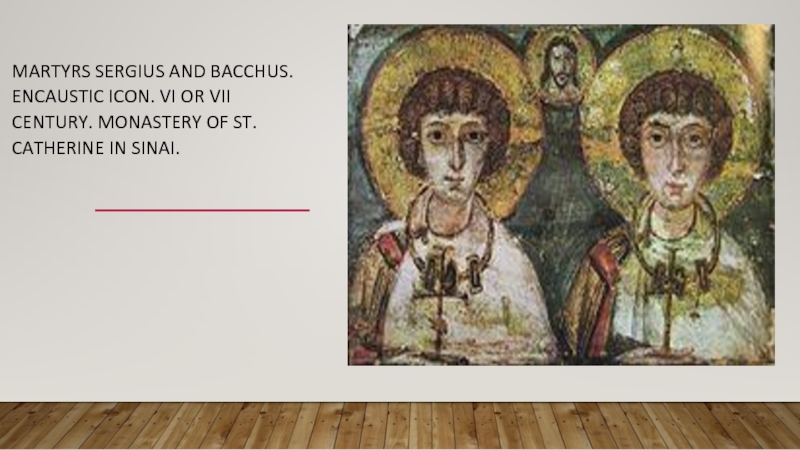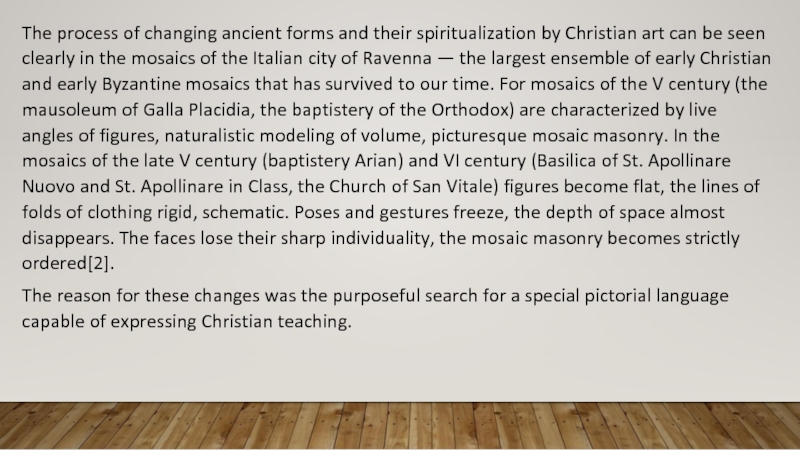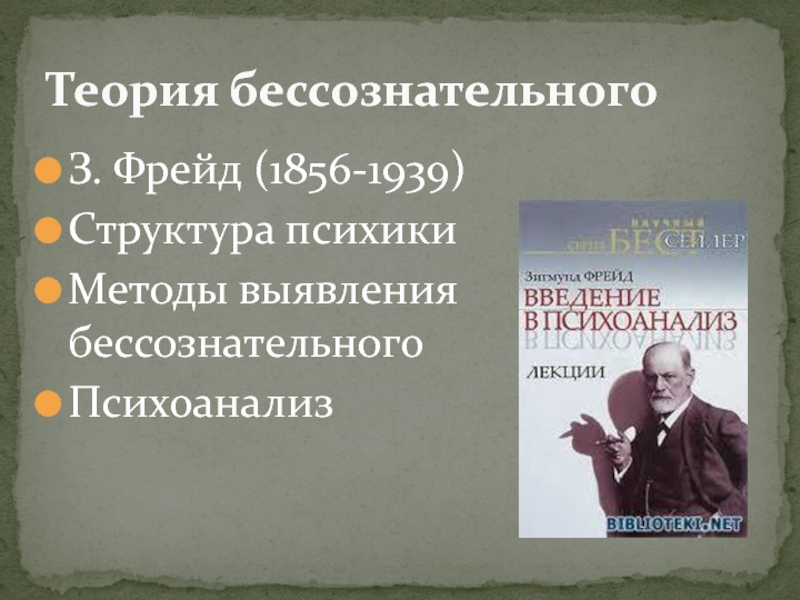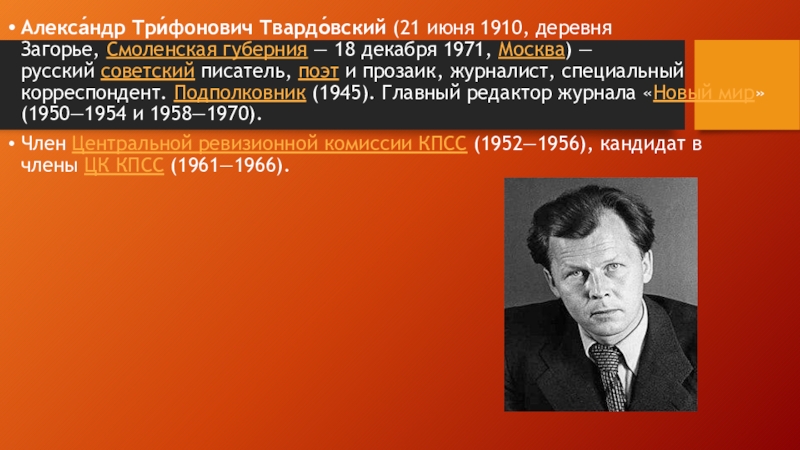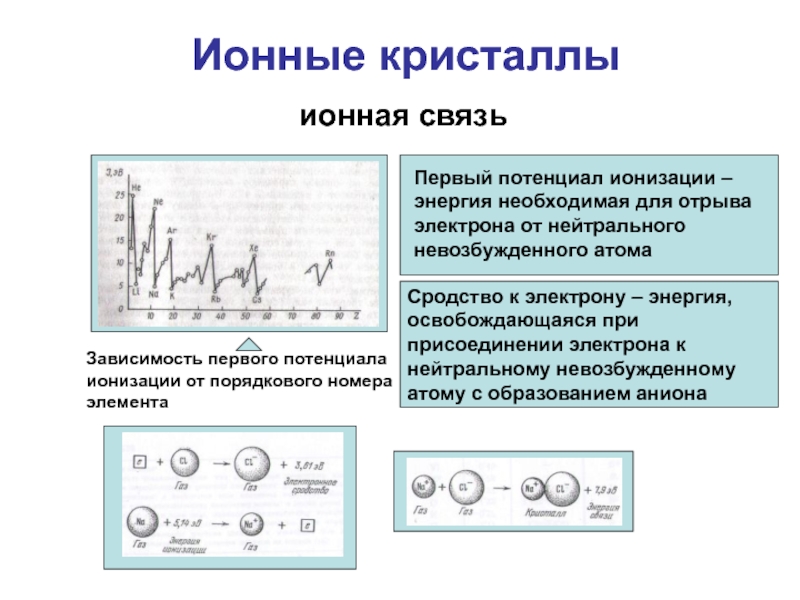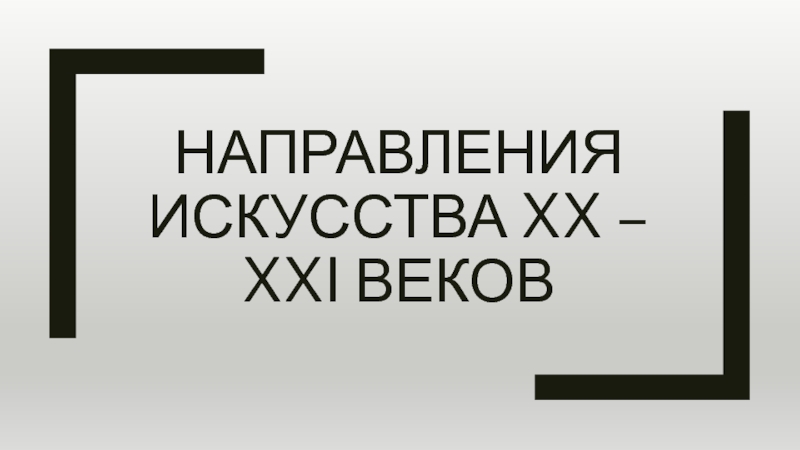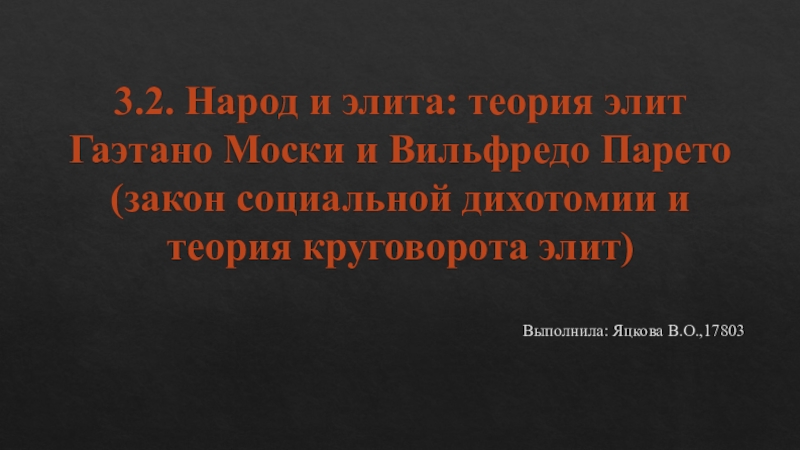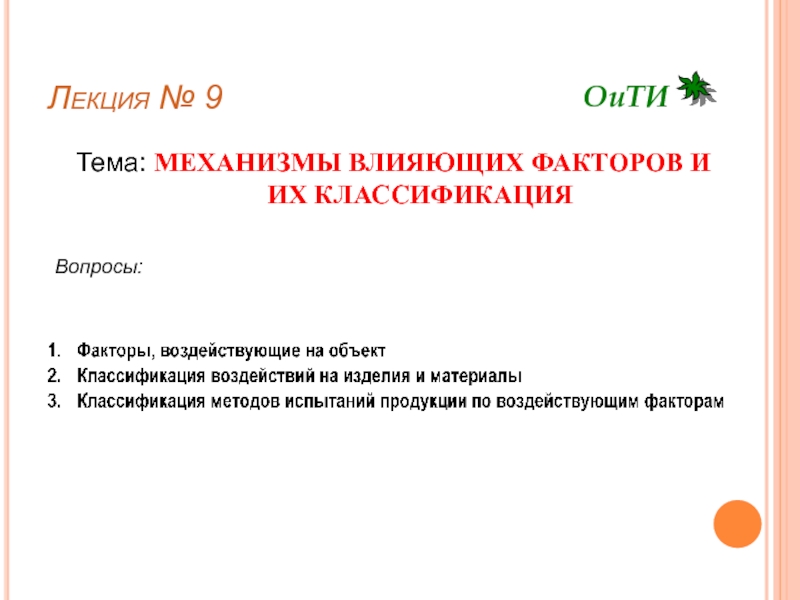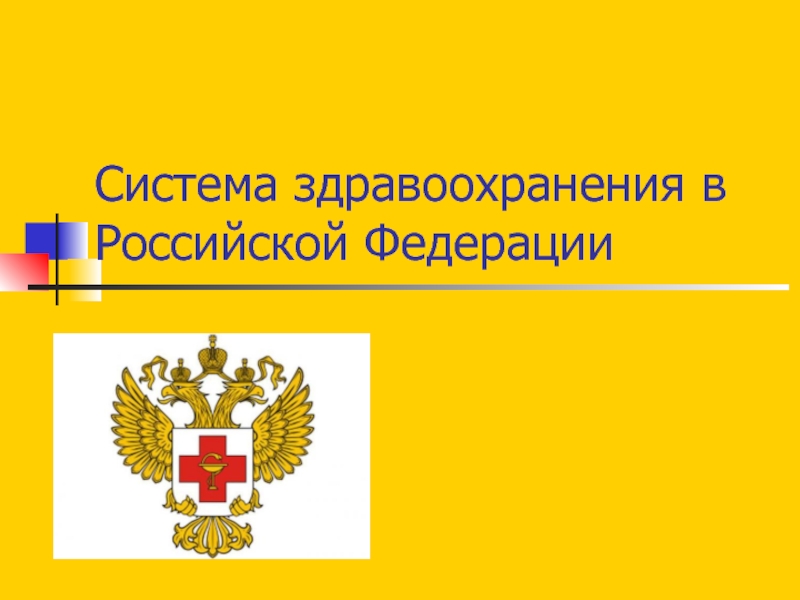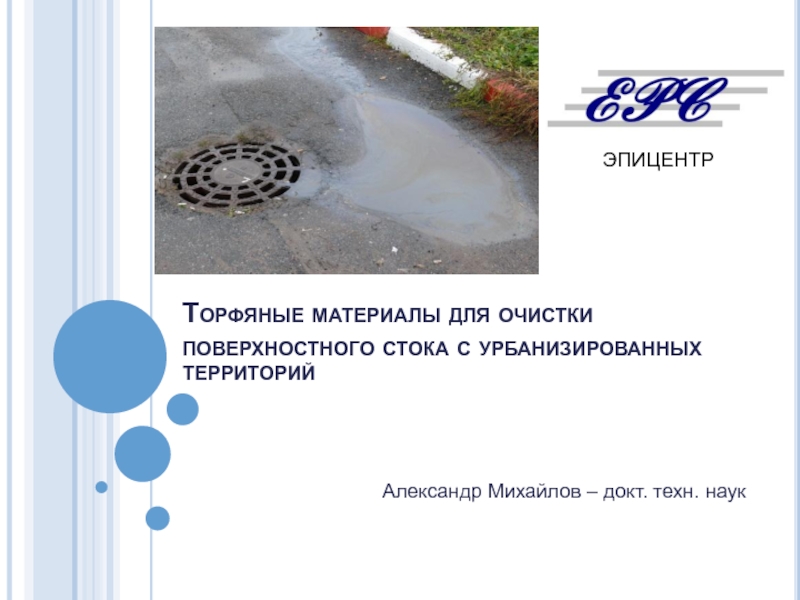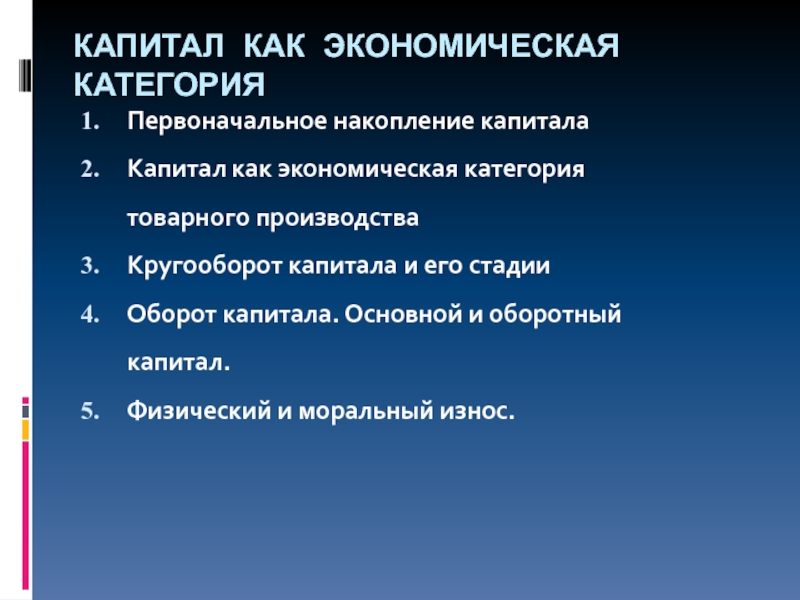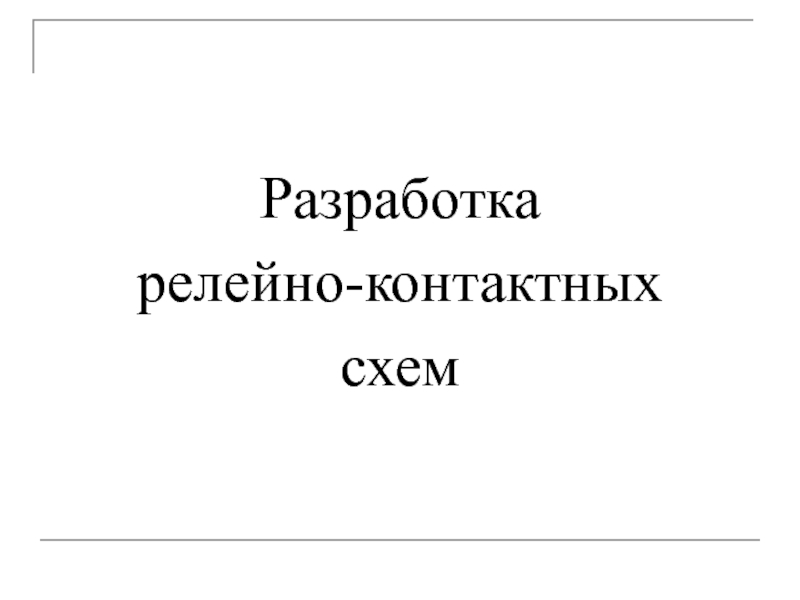Разделы презентаций
- Разное
- Английский язык
- Астрономия
- Алгебра
- Биология
- География
- Геометрия
- Детские презентации
- Информатика
- История
- Литература
- Математика
- Медицина
- Менеджмент
- Музыка
- МХК
- Немецкий язык
- ОБЖ
- Обществознание
- Окружающий мир
- Педагогика
- Русский язык
- Технология
- Физика
- Философия
- Химия
- Шаблоны, картинки для презентаций
- Экология
- Экономика
- Юриспруденция
The history of icon painting
Содержание
- 1. The history of icon painting
- 2. The Evangelist Luke writing the icon of
- 3. Saved Zvenigorodsky. Andrei Rublev. The beginning of the XV century.
- 4. Encaustic icon of Jesus Christ from the
- 5. The image appeared in Christian art initially.
- 6. apostle Peter. Encaustic icon. VI century. Monastery
- 7. Our lady with the Baby. Encaustic icon.
- 8. Martyrs Sergius and Bacchus. Encaustic icon. VI
- 9. The process of changing ancient forms and
- 10. Скачать презентанцию
The Evangelist Luke writing the icon of the mother of God (Michael Damascene, XVI century) Icons (icon and write) — iconography, the icon of the Scripture, the view of medieval art,
Слайды и текст этой презентации
Слайд 2The Evangelist Luke writing the icon of the mother of
God (Michael Damascene, XVI century)
Icons (icon and write) — iconography,
the icon of the Scripture, the view of medieval art, religious themes and subjects of cult appointment. In the most General sense — the creation of sacred images intended to be a mediator between the world of God and the earth in individual prayer or during Christian worship, one of the forms of manifestation of divine truth.Слайд 4Encaustic icon of Jesus Christ from the monastery of St.
Catherine, Sinai. VI.
The image appeared in Christian art initially. Creation
of the first icons tradition refers to the Apostolic times and associated with the name of the Evangelist Luke.Слайд 5The image appeared in Christian art initially. Creation of the
first icons tradition refers to the Apostolic times and associated
with the name of the Evangelist Luke. In the Roman catacombs from the II—IV centuries preserved works of Christian art - wall paintings, which are symbolic or narrative in nature, in which you can see the earliest examples of Christian iconography.The oldest extant icons date back to the VI century and are made in the encaustic technique on a wooden base, which makes them related to the Egyptian-Hellenistic art (the so-called "Fayum portraits").
Trullan (or Pato-Sixth) Council denies the symbolic image of the Saviour, prescribing to portray Him only the "human nature".
In the eighth century the Christian Church faced the heresy of iconoclasm, the ideology which prevailed fully in state, Church and cultural life. Icons continued to be created in the provinces, away from the Imperial and Church supervision. To develop an adequate response to the iconoclasts, the adoption of the dogma of the veneration of icons at the Seventh OEcumenical Council (year 787) brought a deeper understanding of icons, having a serious theological basis, linking the theology of the image of the Christological dogma. Theology of the icon had a great influence on the development of iconography, the folding of iconographic canons.
Moving away from the naturalistic transfer of the sensual world, iconography becomes more conventional, gravitating to flatness, the image of faces is replaced by the image of faces, which reflects the physical and spiritual, sensual and supersensible. Hellenistic traditions are gradually being processed and adapted to Christian concepts. Different understanding of the icon in the Western and Eastern traditions eventually led to different directions of development of art in General: having a huge impact on the art of Western Europe (especially Italy), iconography during the Renaissance was replaced by painting and sculpture. Iconography developed mainly on the territory of the Byzantine Empire and the countries that adopted the Eastern branch of Christianity — Orthodoxy.
Слайд 6apostle Peter. Encaustic icon. VI century. Monastery of St. Catherine
in Sinai.
The oldest icons that have survived to our time
date back to the VI century. Early icons of VI—VII centuries preserve the ancient technique of painting — encaustic. Some works retain some features of ancient naturalism and pictorial illusionism (for example, the icon "Christ Pantokrator" and "St. Peter" from St. Catherine's monastery in the Sinai), while others are prone to conventionality, the sketchiness of the image (for example, the icon "Bishop Abraham" from the Museum Dalema, Berlin, the icon of "Christ and Saint Mina" from the Louvre). Another, not antique, artistic language was peculiar to the Eastern provinces of the Byzantine Empire — Egypt, Syria, Palestine. In their iconography, expressiveness was initially more important than knowledge of anatomy and the ability to convey volume[1].Слайд 7Our lady with the Baby. Encaustic icon. VI century. Kiev.
Museum of art. Bogdan and Varvara Khanenko.
Слайд 8Martyrs Sergius and Bacchus. Encaustic icon. VI or VII century.
Monastery of St. Catherine in Sinai.
Слайд 9The process of changing ancient forms and their spiritualization by
Christian art can be seen clearly in the mosaics of
the Italian city of Ravenna — the largest ensemble of early Christian and early Byzantine mosaics that has survived to our time. For mosaics of the V century (the mausoleum of Galla Placidia, the baptistery of the Orthodox) are characterized by live angles of figures, naturalistic modeling of volume, picturesque mosaic masonry. In the mosaics of the late V century (baptistery Arian) and VI century (Basilica of St. Apollinare Nuovo and St. Apollinare in Class, the Church of San Vitale) figures become flat, the lines of folds of clothing rigid, schematic. Poses and gestures freeze, the depth of space almost disappears. The faces lose their sharp individuality, the mosaic masonry becomes strictly ordered[2].The reason for these changes was the purposeful search for a special pictorial language capable of expressing Christian teaching.
